Hello friends and welcome to Mixing Images, I am your dear friend Vikas Yadav. Friends, in today's post we talked about Beautiful Dresses. In today's post, I am going to post some cute and beautiful images of Dresses for you, after seeing which you will be very happy and you will feel very good. So let's start again.
Beautiful Dresses Images
 |
| Beautiful Dresses For Girls |
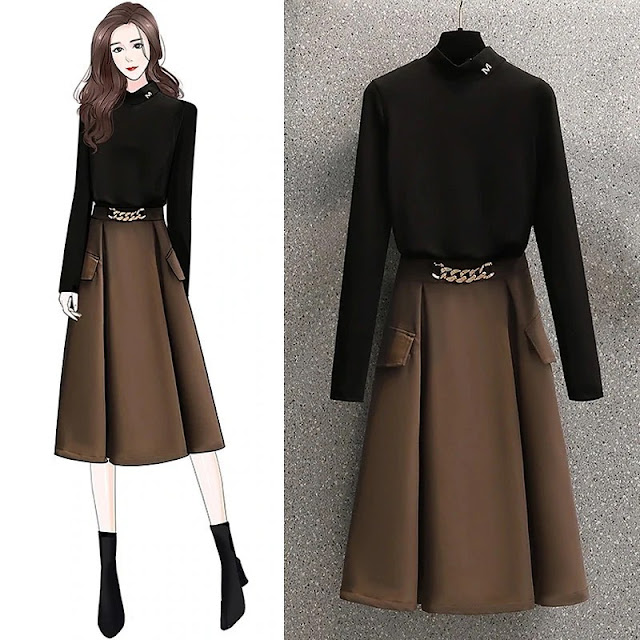 |
| Beautiful Dresses For Girls |
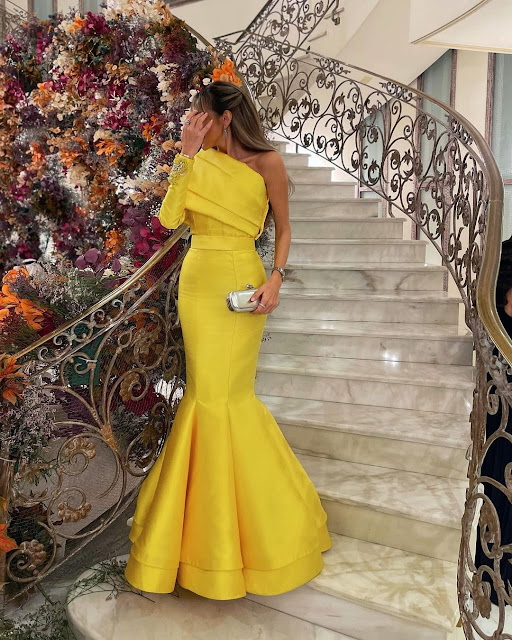 |
| Beautiful Dresses For Girls |
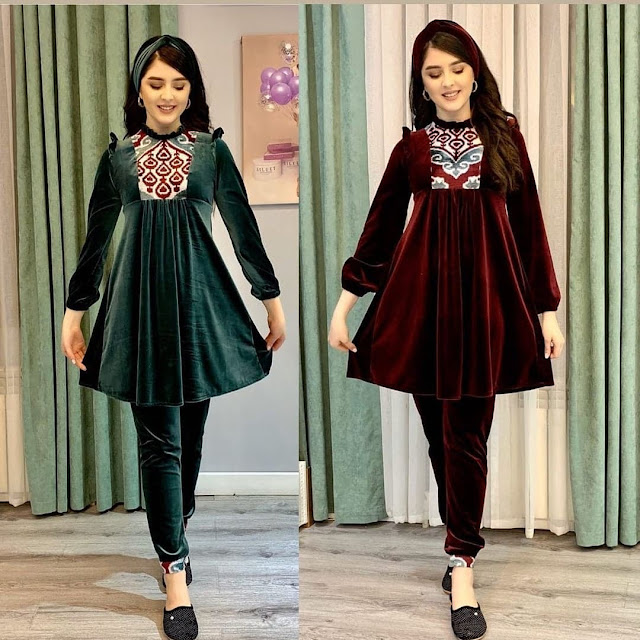 |
| Beautiful Dresses For Girls |
 |
| Beautiful Dresses For Girls |
 |
| Beautiful Dresses For Girls |
 |
| Beautiful Dresses For Girls |
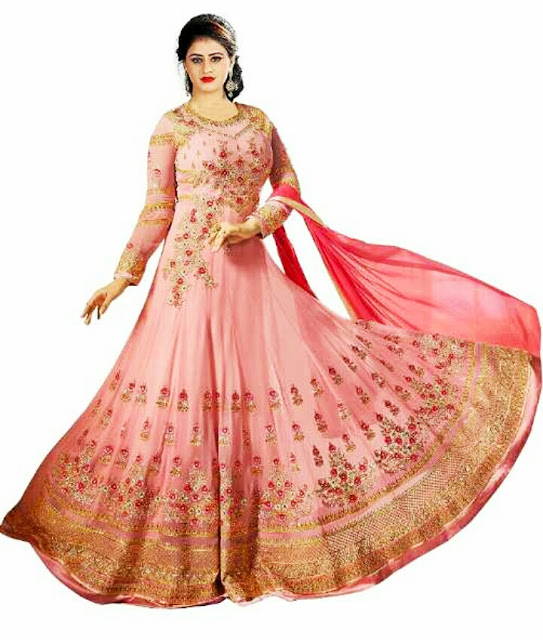 |
| Beautiful Dresses For Girls |
 |
| Beautiful Dresses For Girls |
 |
| Beautiful Dresses For Girls |
 |
| Beautiful Dresses For Girls |
 |
| Beautiful Dresses For Girls |
 |
| Beautiful Dresses For Girls |
 |
| Beautiful Dresses For Girls |
 |
| Beautiful Dresses For Girls |
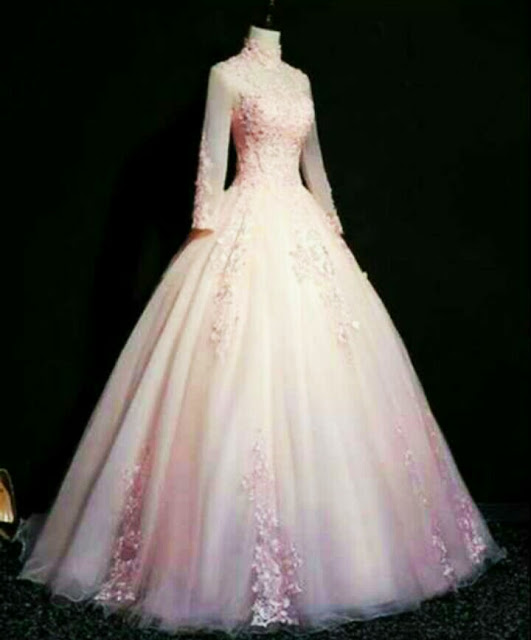 |
| Beautiful Dresses For Girls |
 |
| Beautiful Dresses For Girls |
 |
| Beautiful Dresses For Girls |
 |
| Beautiful Dresses For Girls |
 |
| Beautiful Dresses For Girls |
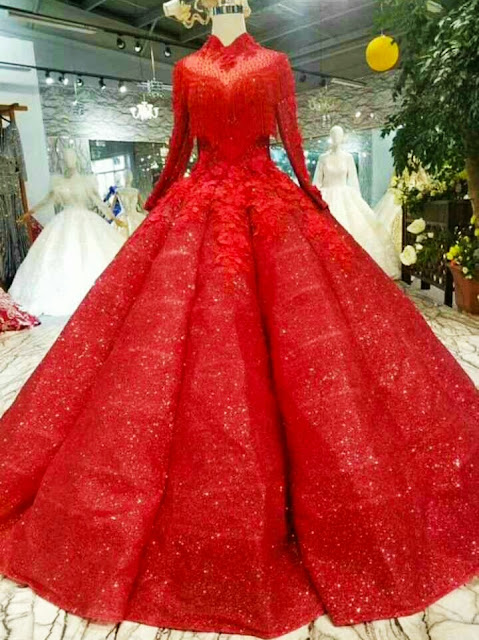 |
| Beautiful Dresses For Girls |
 |
| Beautiful Dresses For Girls |
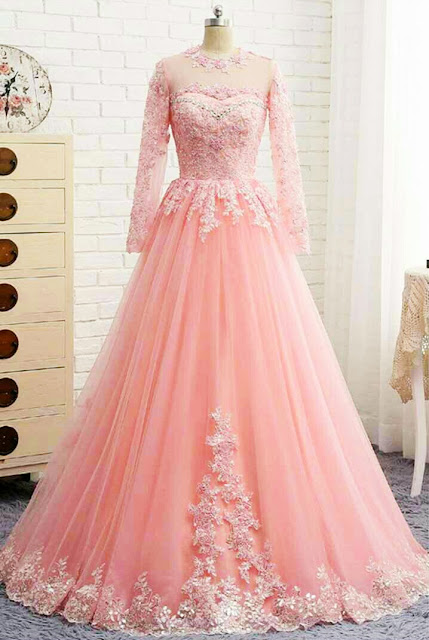 |
| Beautiful Dresses For Girls |
Fashion is a term that is popular among youth, old people, women and children alike. Clothing, food, fast food, dance (on western tunes), weddings, ceremonies, etc. have an indelible impression of fashion. Fashion is never static.
It is a transformational intoxication that speaks over the head. If a woman is wearing an old-style or design saree or lehenga, it is possible that she is labeled as "Out of Fashion". It is also possible that he is not invited to the next kitty party.
In today's era, whoever becomes "out of fashion", his "market value" falls. Therefore, he has to adopt the latest fashion items, facilities, and ideas in terms of clothing, catering, home, children, spouse, office, business, etc. to ensure himself a place in the race for materialism. Fashion is like a sheep.
Some people with creative powers assist private companies in designing (designing) new fashion items. These companies promote these products or services worldwide through publicity, individual sales teams, and propaganda.
Read More - Lehenga And Saree Images For Girl, Lehenga And Saree Images For Woman, Lehenga And Saree Images For Bride
People need new clothes, food items, jewelry, leather goods, music, houses, offices or languages every moment. These people consider themselves blessed by purchasing these new goods and services. They think that they are adapting to the new fashion. Companies make the most profit in all this system. Fashion designers also get silver.
Being fashionable is not bad. But it is not fashionable to call conservative clothing as fashionable or to wear clothes at least. Fashion shows reach the pinnacle of nakedness. It does not seem that the fashion model is showcasing any new designer clothing. The beauties and youth walking on the ramp are seen demonstrating their fleshy limbs. Audience Gana and TV viewers enjoy their performance. Hardly any attention is paid to clothes.
Fashion shows have started happening in India in the coming days. An exhibition of strange clothes was done in November 2006 at the National Center for Performing Arts, Mumbai. In that show, beautiful models of JJ Balaya, Manish Arora, Rohit Bal, Rohit Gandhi, Seema Khan, etc. were presented on the ramp. The audience was more in the audience and the clothing buyer less. In addition, female models outnumbered male models, which is a common trend in these types of fashion weeks.
No special sales were made until the end of this fashion week. This means that people have no interest in a distorted fashion. For example, there was no such garment that a young woman could wear towards her college, office or market. In this glut of colors, fashion designers have forgotten that buyers may have to wear apparel manufactured by them. This was a unique combination of truth and falsehood which was seen as a low sale.
Read More - Beautiful Clothes For Girl || Beautiful Dresses Images For Girls || Beautiful Dresses For Girl
India's designer apparel turnover is only 0.1 percent of the world's designer apparel turnover. Fashion shows are being organized in our country, but they are not able to attract the general public. There is still much work to be done in this area. If this is the situation then how will Indian (fashion) apparel be able to enter the world market?
The media has also tried to bring to light another issue. A ramp model gets 25,000 rupees for a show. An embroidery woman gets only ten rupees per hour for her hard work. Clothes chests remain poor while fashion designers living in the glare of cameras, lighting and five-star hotels become the stars of the people. This trend should also be ended.
We have never been distracted by fashion and its changing trends. But we are of the opinion that fashion apparel should be aesthetically cheap and acceptable from a social point of view. We have to apply the same principle to other types of fashion trends.
In short, fashion is an illusion that has not saved any person or organization except a few. Fashionable goods and services are welcome in this era of globalization. But all these things should meet the social and economic norms. It is expected that fashion designers, companies engaged in clothing manufacturing and other fields and organizers of fashion shows will accept this simple but serious fact.
The cultivation of cotton and the cotton textiles made from human civilization are also due to India. The discovery of cotton looms and cotton spinning and weaving in silver pots in the remnants of Harappa 5000 years ago show the whole story of this art. Vedic literature also finds mention in the use of cotton spinning and other types of tools. Cotton was known to Europeans through the soldiers of Alexander the Great 350 years before Christ until then the people of Europe were covered with animal skins. The name of cotton also became prevalent in other languages of the world from India itself, such as Corpus in Sanskrit, Cotton in Hindi, Kapas in Hebrew, Corpus in Greek and Latin. Therefore, to say that all kinds of costumes were invented in India itself and are the developed form of Indian costumes, today's modern costumes will not be an exaggeration.
They were considered invaluable gifts due to the artistic side and quality of Indian textiles. Beautiful Kashmiri shawls ranging from khadi to gold silk fabrics, colorful costumes, perfectly protected from cold were direct evidence of India's ancient artistic industry, which flourished 200 years before Christ. Several types of Gujarati prints and colored textiles found in the mausoleum of Fostat in Egypt are proof of the export of Indian textiles.
Apparel was invented only in India, but during the period of Greek, Roman, Persia, Hun, Kushan, Mongol, Mughal, etc., the costumes of Indian costumes continued to change. Although many new clothes came into vogue due to change and Indians also felt more comfortable in them than before, but the costumes of Indians changed completely during the British era.
Paint, shirts, coats, and jeans are what we call modern apparel, not westernized. There is a difference between modernity and westerns. In the era of the Industrial Revolution, many such clothes, garments or dress evolved which we now call the gift of Western civilization. Although there is no way of wearing any kind of apparel, it is also important to understand why we wear clothes that do not match our culture?
Language, language, food, and hymns are our hallmarks. The Mughals and the British first changed our language, then changed our language, and now we are the fans of Mughal, Western accompaniment, music. Pizza-burgers, colas, and beers drink themselves and consider themselves modern. Indian dishes, beverages, and desi tadka have almost disappeared from the market.
If we look at the principle of natural life, our Indian mystics had a deep understanding of the dress. They knew its psychology. They knew this law of nature that for physical and mental health, the more contact of air, sun, and light with our body, the better.
Nowadays there is a trend of wearing tight clothes. When women wear more tight clothes, oxygen is not absorbed from their pores, as a result of which the level of melanin in the skin starts to fall. Not only this, but these tight clothes can also become the cause of many diseases in men and women. More tight clothes on the thigh and arm call for stress, depression, insomnia, obesity, ulcers, etc. Tight clothing on the navel can cause chaos, gas, colitis, constipation, piles, etc. Tight clothing on the chest can cause heart disease, shortness of breath, etc. There are excessive pores on the skin from which the skin takes oxygen. Similarly, there are many such things regarding the garment, which can be mentioned here.
Well ...! Now we will tell that in Hinduism, there is a provision of different costumes for every work, season, etc. You will feel better if you wear said dress or costumes. However, we will also tell which apparel or dress has gone out of circulation.
Final Word
Friends, I hope you have liked today's post very much and you must have been very happy and you have also shared this post with your friends. If you liked this post even a little bit, then you must like this post of mine and share it with your dear teachers. We must comment that if you liked my post or not, if it was good, what was good, if it was not good, then what was not liked.


![5555+ WhatsApp DP Images 2025 [ New & Stylish WhatsApp DP ]](https://blogger.googleusercontent.com/img/a/AVvXsEg95BfLEowtFnLtY0Il-OSnzA76svLtx8rt7iXrP02lzt0U-y2AHvAhQFdIMHg97mkNEBk6mB9z2cDEusvytmRIYatQLaGhPeZbmVKP0hTcPe2dxRSKw9LydaR2N3t5TOrDor018-2ttJcGzBUgjgqO4mU_pxF-2gw4zEAZ4tWQNydtUyrGsYH6CVrZ=w680)




0 Comments
If You Have Any Doubts. Please Let Me Know.